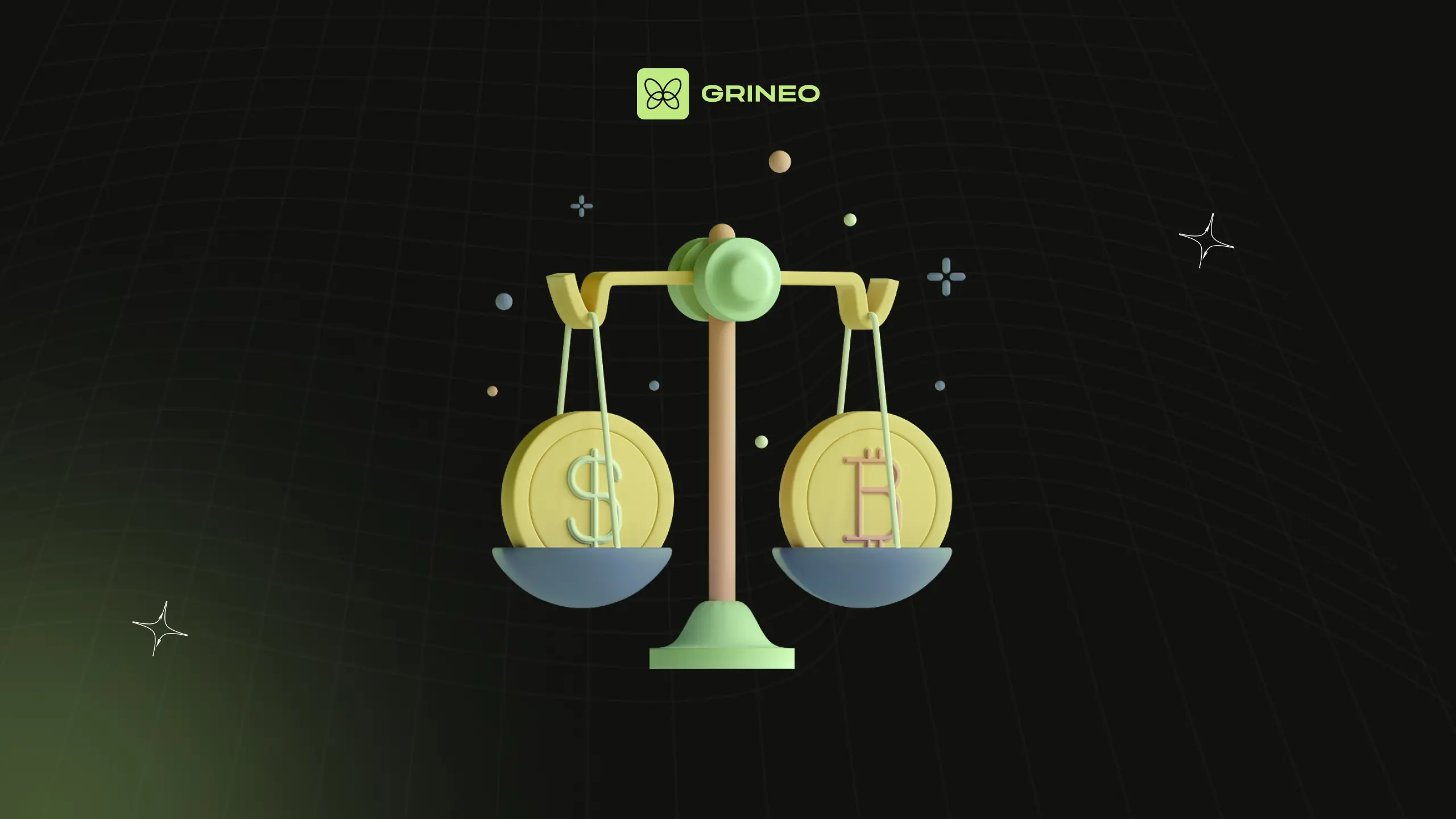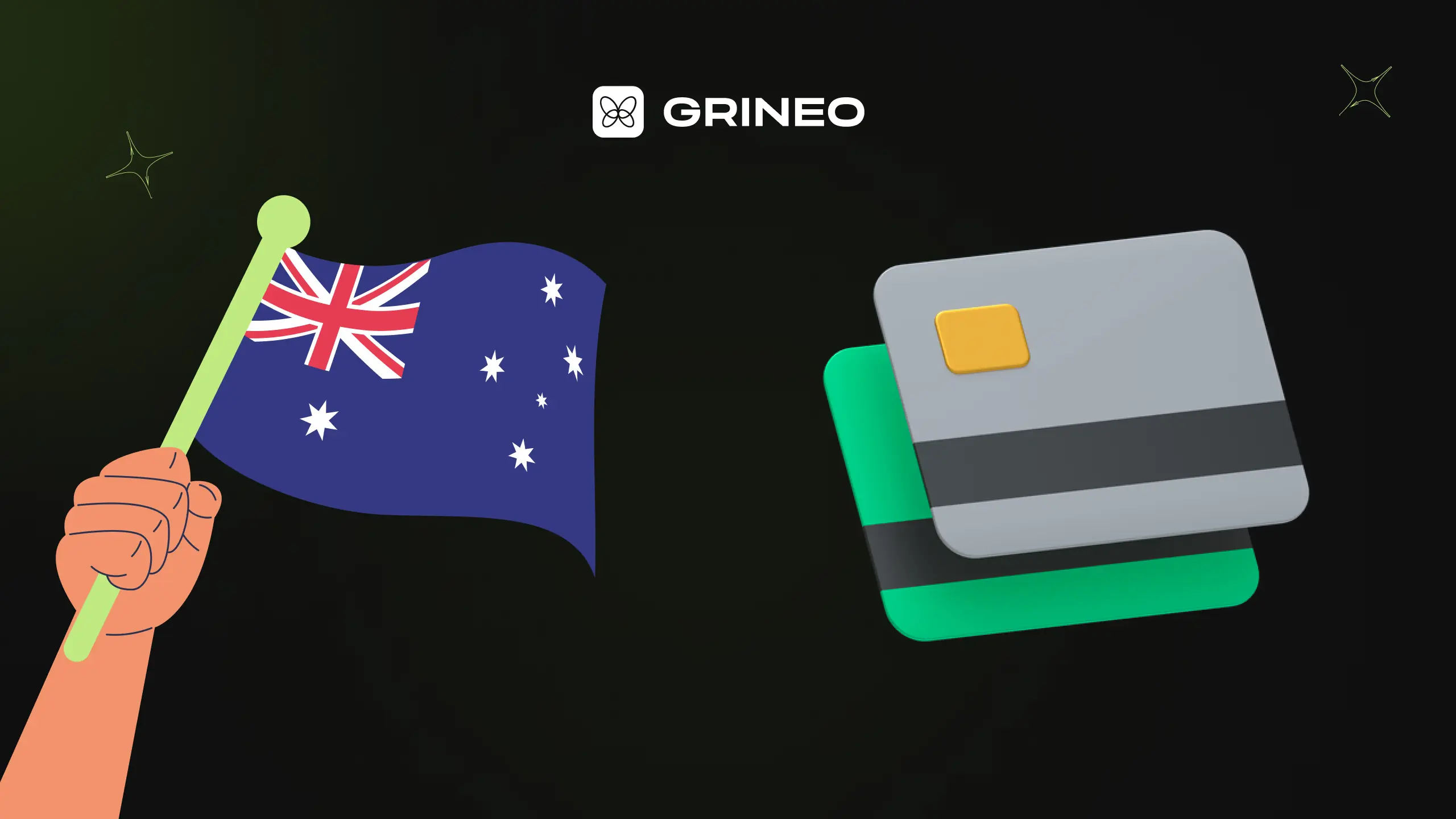
Stablecoins have become an integral part of the cryptocurrency ecosystem, providing the much-needed stability and reliability that are often missing in more volatile crypto assets. In 2024, stablecoins continue to play a crucial role in facilitating transactions, offering a safe harbor during market fluctuations, and integrating with various decentralized finance (DeFi) platforms. This article explores the top stablecoins of 2024 and delves into the different types of stablecoins available today.
Contents
Best Stablecoins in 2024
Every Type of Stablecoin Explained
Factors to Consider When Choosing a Stablecoin
How to Spend Stablecoins Worldwide
Best Stablecoins in 2024
Tether (USDT)
Tether, founded in 2014 and based in Hong Kong, remains one of the most popular and widely used stablecoins. It is pegged to the US dollar and backed by reserves held by Tether Limited. Tether is extensively used for trading, payments, and as a store of value in the cryptocurrency market.
Tether’s primary advantages include high liquidity, wide acceptance, and ease of use. These features make it a preferred choice for traders and investors looking to stabilize their portfolios. However, Tether has faced controversies regarding transparency and reserve audits, with ongoing debates about whether it holds sufficient reserves to back its tokens fully. Despite these concerns, Tether continues to be a dominant player in the stablecoin market, and you can buy Tether almost anywhere in the world.
Pros: High liquidity, wide acceptance, and ease of use.
Cons: Controversies regarding transparency and reserve audits.
USD Coin (USDC)
Issued by Circle in 2018 and based in Boston, Massachusetts, USD Coin is a highly transparent stablecoin backed by fully reserved assets. It is pegged to the US dollar and is known for its regulatory compliance and regular audits, making it a trusted option in the cryptocurrency market.
USD Coin’s strengths include high transparency, regulatory compliance, and strong backing. These attributes ensure that users have confidence in its stability and value. However, its centralized nature is a drawback for those who prioritize decentralization in their cryptocurrency investments. Despite this, USD Coin remains a prominent and reliable stablecoin choice.
Pros: High transparency, regulatory compliance, and strong backing.
Cons: Centralized nature, low liquidity sometimes resulting in unstable price.
Binance USD (BUSD)
Pros: Regulatory compliance, strong backing, and integration with Binance ecosystem.
Cons: Centralized control, Binance has been fined for money laundering.
Dai (DAI)
Pros: Decentralized, transparent, and flexible collateral options.
Cons: Complexity of maintaining collateralization, reliance on Ethereum.
PAX Dollar (USDP)
Issued by Paxos in 2018, PAX Dollar is a regulated stablecoin backed 1:1 with the US dollar. It is known for its transparency and regular attestations by independent auditors. The strong regulatory framework and consistent verification of reserves ensure users have confidence in the stability and reliability of PAX Dollar. However, as a centralized stablecoin, it may not appeal to those seeking decentralized financial options. Despite this, PAX Dollar remains a trusted and widely used stablecoin in the cryptocurrency market.
Pros: High regulatory standards, transparency, and strong backing.
Cons: Centralized control.
PAX Gold (PAXG)
Pros: Physical asset backing, combines stability of gold with blockchain technology.
Cons: Less liquidity compared to fiat-backed stablecoins, storage fees.
sUSD
Pros: Decentralized, integrated with DeFi applications.
Cons: Collateral volatility, complexity of synthetic assets.
Every Type of Stablecoin Explained
1. Fiat-collateralized stablecoins
Fiat-collateralized stablecoins are backed by fiat currencies such as the US dollar, held in reserve by the issuing entity. They are typically issued by centralized organizations and provide stability by maintaining a 1:1 peg with the underlying fiat currency. Examples include Tether (USDT), USD Coin (USDC), and Binance USD (BUSD). These stablecoins maintain their peg through direct redemption processes where users can exchange the stablecoin for the equivalent amount of fiat currency. The advantages of fiat-collateralized stablecoins include high stability and ease of understanding and use. However, they are subject to centralized control and reliance on the issuer’s reserves.
2. Crypto-collateralized stablecoins
Crypto-collateralized stablecoins are backed by other cryptocurrencies and often require over-collateralization to account for the volatility of the backing assets. Examples include Dai (DAI) and sUSD. These stablecoins use smart contracts to lock up collateral assets, ensuring the value of the stablecoin remains stable relative to a fiat currency. The benefits of crypto-collateralized stablecoins are decentralization and transparency, but they come with the complexity of maintaining collateralization and the need for over-collateralization.
3. Algorithmic stablecoins
Algorithmic stablecoins use algorithms and smart contracts to manage the supply and demand of the stablecoin, maintaining its peg to a fiat currency. Examples include TerraUSD (UST) and Ampleforth (AMPL). They adjust the supply of the stablecoin based on market conditions to maintain stability. These stablecoins are decentralized and innovative, but they carry a higher risk of losing their peg and involve complex mechanisms.
4. Commodity-backed stablecoins
Commodity-backed stablecoins are backed by physical assets such as gold, silver, or oil, providing the stability of traditional commodities combined with the flexibility of cryptocurrencies. Examples include PAX Gold (PAXG) and Tether Gold (XAUT). Each token represents a certain amount of the commodity, and users can redeem the tokens for the underlying asset. The strengths of commodity-backed stablecoins are their physical asset backing and stability, though they face challenges such as lower liquidity and storage costs.
5. Hybrid stablecoins
Hybrid stablecoins combine elements from different types of stablecoins to enhance stability and efficiency, often using a mix of fiat, crypto, and algorithmic mechanisms. Examples include Reserve (RSV) and Saga (SGA). These stablecoins leverage multiple forms of collateral and algorithmic controls to maintain their value. They offer enhanced stability and innovative designs, but also come with complexity and regulatory challenges.
Factors to Consider When Choosing a Stablecoin
- Liquidity: Availability and ease of conversion into fiat or other cryptocurrencies.
- Stability: The track record of maintaining the peg to the underlying asset.
- Transparency: Openness regarding reserves and mechanisms.
- Regulatory Compliance: Adherence to regulations in key jurisdictions.
- Ecosystem Integration: Compatibility with DeFi and other financial services.
How to Spend Stablecoins Worldwide
Using stablecoins to escape volatility in the market is all well and good, but you can also spend stablecoins like cash using Grineo! Australian residents can download the Grineo App and order a Grineo Card that will allow you to tap and spend USDT and USDC anyhere in the world. You can also withdraw your stablecoins as cash from any ATM that supports Visa.
Swap BTC, ETH, USDT, and USDC in the app and spend stablecoins with ease. Try it out!
Download the Grineo App for iOS or Android now.










